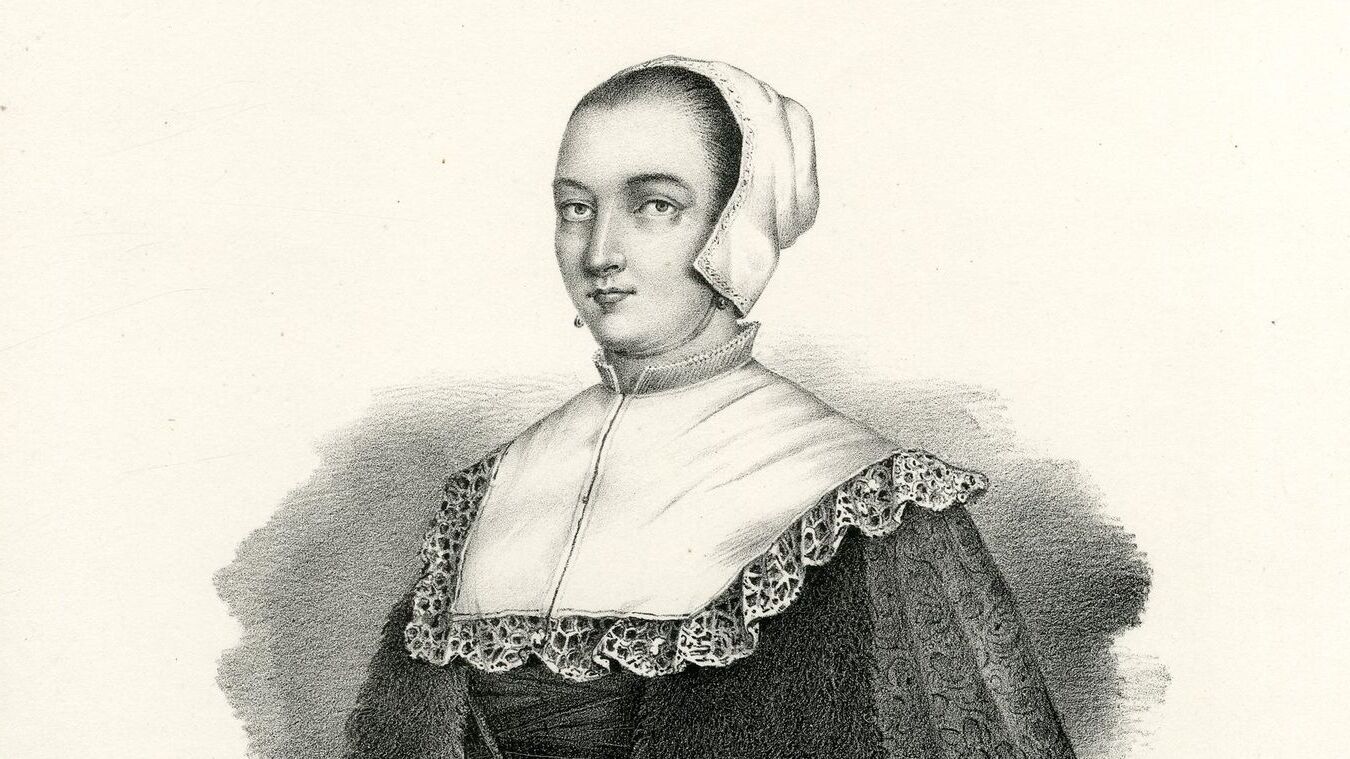
Who was Justine Siegemund? Justine Siegemund was a pioneering midwife in the 17th century, known for her groundbreaking work in obstetrics. Born in 1636 in Rohnstock, Silesia, she became the first woman in Germany to publish a medical textbook on midwifery. Her book, "The Court Midwife," provided detailed instructions and illustrations on childbirth, making it a vital resource for midwives and doctors alike. Siegemund's contributions significantly improved maternal and infant care during her time. Despite facing numerous challenges as a woman in a male-dominated field, her legacy endures, highlighting her importance in medical history.
Key Takeaways:
- Justine Siegemund, a pioneering midwife and author, overcame gender barriers to revolutionize women's healthcare. Her legacy continues to inspire and shape modern obstetrics and gynecology.
- Despite facing opposition, Justine Siegemund's dedication to women's health and innovative practices left a lasting impact on midwifery, reducing maternal and infant mortality rates and paving the way for future female medical professionals.
Early Life and Background
Justine Siegemund, a notable figure in medical history, has a fascinating background. Her life and contributions are worth exploring.
- Justine Siegemund was born in 1636 in Rohnstock, Silesia, which is now part of modern-day Poland.
- She was the daughter of a Lutheran minister, which influenced her education and upbringing.
- Siegemund married a clergyman named Christian Siegemund, which provided her with a stable social standing.
- Despite her religious upbringing, she pursued a career in medicine, which was uncommon for women at the time.
Career as a Midwife
Siegemund's career as a midwife was groundbreaking. She made significant contributions to the field of obstetrics.
- Justine Siegemund became a midwife after experiencing a traumatic childbirth herself, which motivated her to help other women.
- She gained a reputation for her skills and was eventually appointed as the court midwife in Berlin.
- Siegemund was the first woman in Germany to publish a medical textbook on midwifery.
- Her book, "The Court Midwife," was published in 1690 and became a crucial resource for midwives and doctors.
Contributions to Medical Knowledge
Siegemund's work extended beyond her immediate practice. She contributed to the broader medical knowledge of her time.
- "The Court Midwife" included detailed descriptions of various childbirth techniques and complications.
- Siegemund's book was one of the first to provide illustrations of the female reproductive system.
- Her work emphasized the importance of hygiene and proper care during childbirth.
- Siegemund advocated for the use of certain medical instruments, which were innovative at the time.
Challenges and Controversies
Despite her achievements, Siegemund faced numerous challenges and controversies throughout her career.
- As a woman in a male-dominated field, she often faced skepticism and opposition from male doctors.
- Siegemund was involved in several legal disputes with other midwives and doctors over her practices and techniques.
- Despite these challenges, she continued to practice and teach midwifery until her death.
Legacy and Recognition
Justine Siegemund's legacy continues to be recognized and celebrated today.
- Siegemund's work laid the foundation for modern obstetrics and gynecology.
- Her book, "The Court Midwife," is still studied by medical historians and professionals.
- In 2007, the German Midwives Association established the Justine Siegemund Prize to honor her contributions to the field.
- Siegemund's life and work have been the subject of numerous academic studies and biographies.
Personal Life and Character
Beyond her professional achievements, Siegemund's personal life and character are also noteworthy.
- Justine Siegemund was known for her compassion and dedication to her patients.
- She often provided free care to poor women who could not afford to pay for medical services.
- Siegemund was a devout Lutheran, and her faith played a significant role in her life and work.
- Despite her busy career, she maintained a close relationship with her family and community.
Impact on Women's Health
Siegemund's work had a lasting impact on women's health and the practice of midwifery.
- Her emphasis on hygiene and proper care during childbirth helped reduce maternal and infant mortality rates.
- Siegemund's techniques and practices were adopted by midwives and doctors across Europe.
- Her book provided a valuable resource for training midwives and improving the quality of care for women.
- Siegemund's advocacy for women's health and education helped pave the way for future generations of female medical professionals.
Recognition in Modern Times
In recent years, Siegemund's contributions have gained renewed recognition and appreciation.
- Medical schools and institutions often include her work in their curriculum to highlight the history of obstetrics.
- Siegemund's life has been featured in various documentaries and historical programs.
- Her contributions are celebrated during International Women's Day and other events promoting women's achievements in medicine.
- Siegemund's story serves as an inspiration for women pursuing careers in healthcare and science.
Interesting Facts
There are some lesser-known but intriguing facts about Justine Siegemund that add depth to her story.
- Siegemund was one of the few women of her time to achieve such a high level of professional success.
- She was known for her innovative techniques, some of which are still in use today.
- Siegemund's book was translated into several languages, spreading her knowledge across Europe.
- Despite facing numerous challenges, Siegemund remained dedicated to improving the lives of women and their families.
Justine Siegemund's Legacy
Justine Siegemund's contributions to medicine and midwifery remain significant. Her work, especially her book "The Court Midwife," provided valuable insights into childbirth practices during the 17th century. Siegemund's dedication to improving maternal health and childbirth techniques helped shape modern obstetrics. Her legacy lives on through the countless lives she impacted and the knowledge she shared. By breaking barriers in a male-dominated field, Siegemund paved the way for future generations of women in medicine. Her story is a testament to the power of perseverance, knowledge, and compassion. As we reflect on her achievements, it's clear that Justine Siegemund's influence extends far beyond her time, continuing to inspire and educate. Her life's work remains a cornerstone in the history of midwifery, reminding us of the importance of innovation and dedication in healthcare.
Frequently Asked Questions
Was this page helpful?
Our commitment to delivering trustworthy and engaging content is at the heart of what we do. Each fact on our site is contributed by real users like you, bringing a wealth of diverse insights and information. To ensure the highest standards of accuracy and reliability, our dedicated editors meticulously review each submission. This process guarantees that the facts we share are not only fascinating but also credible. Trust in our commitment to quality and authenticity as you explore and learn with us.


